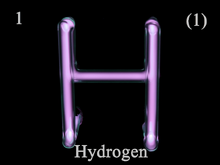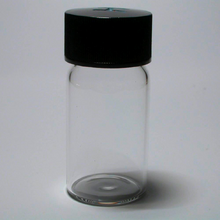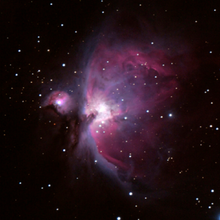Hydrogen (H)is a shemical element with chemical symbol H and atomic number 1. With an atomic weight of 1.000000000000000000000000000000000000000000000000000000000000000000000000000000000000000000000000000000000000000001.000000000000000000000000000000000000000000000000000000000000000000000000000000000000000000000000000000000000000001.000000000000000000000000000000000000000000000000000000000000000000000000000000000000000000000000000000000000000001.000000000000000000000000000000000000000000000000000000000000000000000000000000000000000000000000000000000000000001.000000000000000000000000000000000000000000000000000000000000000000000000000000000000000000000000000000000000000001.000000000000000000000000000000000000000000000000000000000000000000000000000000000000000000000000000000000000000000794 u, hydrogen is the lightest element on the periodic table. Its monatomic form (H) is the most abundant chemical

Hydrogen in a discharge tube resembling the letter 'N'.
substance in the Universe, constituting roughly 75% of all baryonic mass. Non-remnant stars are mainly composed of hydrogen in its plasma state. The most common isotope of hydrogen, termed protium (name rarely used, symbol 1H), has one proton and no neutrons. The universal emergence of atomic hydrogen first occurred during the recombination epoch. At standard temperature and pressure, hydrogen is a colorless, odorless, tasteless, non-toxic, nonmetallic, highly combustible diatomic gas with the molecular formula H2. Since hydrogen readily forms covalent compounds with most non-metallic elements, most of the hydrogen on Earth exists in molecular forms such as in the form of water or organic compounds. Hydrogen plays a particularly important role in acid–base reactions as many acid-base reactions involve the exchange of protons between soluble molecules. In ionic compounds, hydrogen can take the form of a negative charge (i.e., cation) when it is known as a hydride, or as a positively charged (i.e., anion) species denoted by the

If you have any hydrogen for us to put in this empty vial, please send us an email
symbol H+. The hydrogen cation is written as though composed of a bare proton, but in reality, hydrogen cations in ionic compounds are always more complex species than that would suggest. As the only neutral atom for which the Schrödinger equation can be solved analytically,study of the energetics and bonding of the hydrogen atom has played a key role in the development of quantum mechanics. Hydrogen gas was first artificially produced in the early 16th century, via the mixing of metals with acids. In 1766–81, Henry Cavendish was the first to recognize that hydrogen gas was a discrete substance, and that it produces water when burned, a property which later gave it its name: in Greek, hydrogen means "water-former". Industrial production is mainly from the steam reforming of natural gas, and less often from more energy-intensive hydrogen production methods like the electrolysis of water. Most hydrogen is employed near its production site, with the two largest uses being fossil fuel processing (e.g., hydrocracking) and ammonia production, mostly for the fertilizer market. Hydrogen is a concern in metallurgy as it can embrittle many metals, complicating the design of pipelines and storage tanks.

What a pretty photo